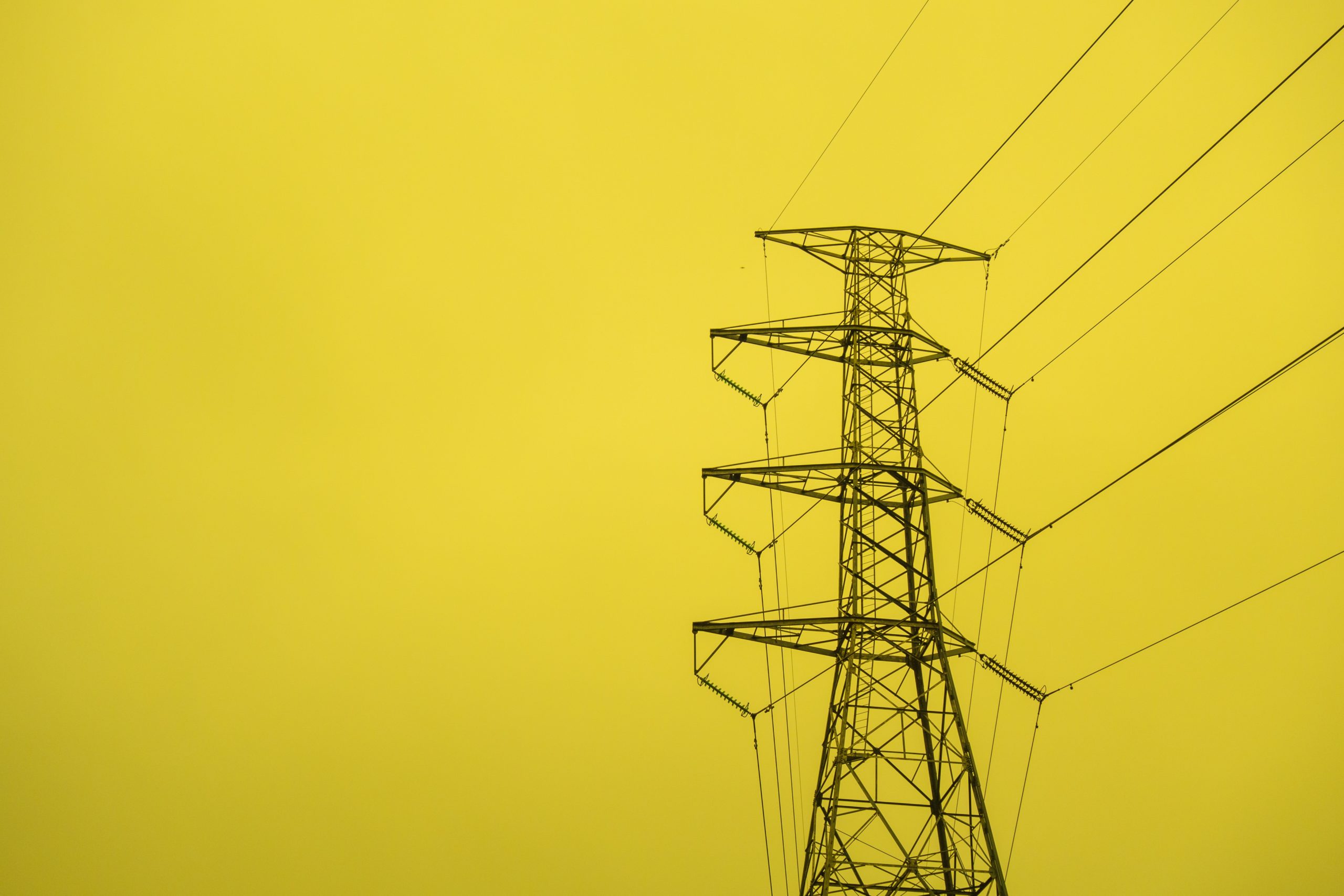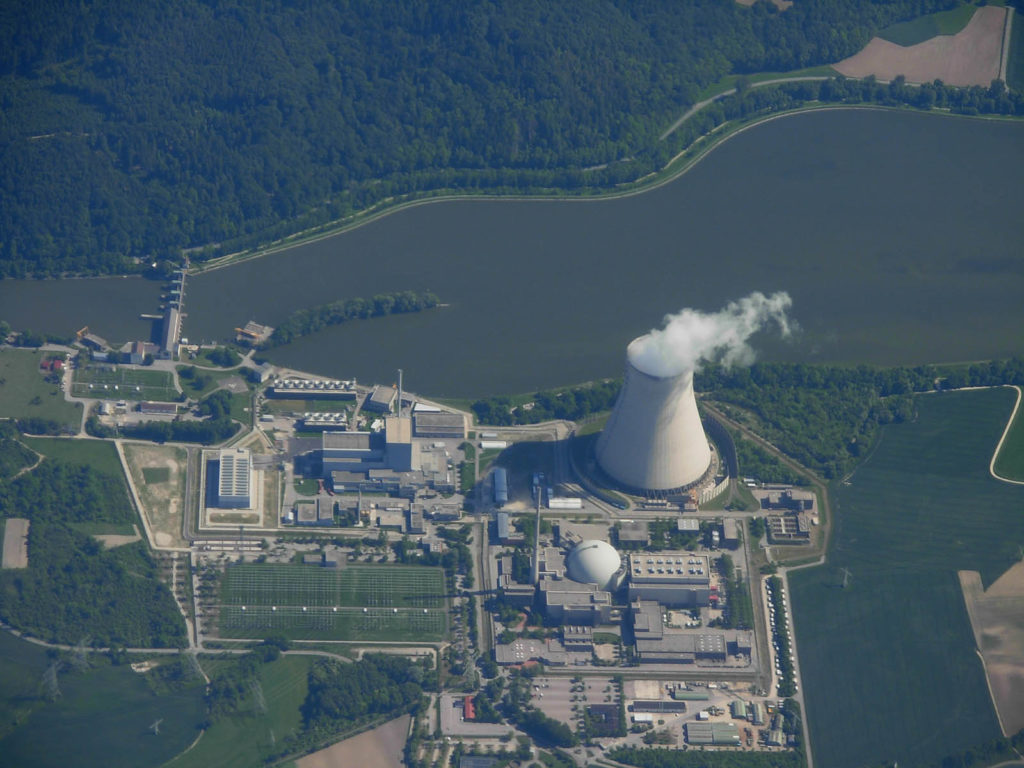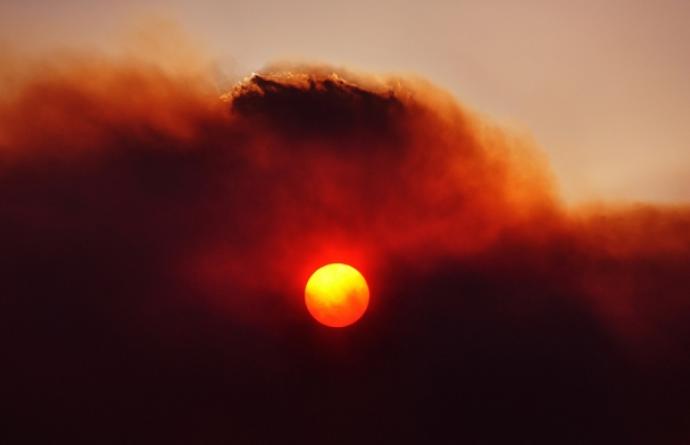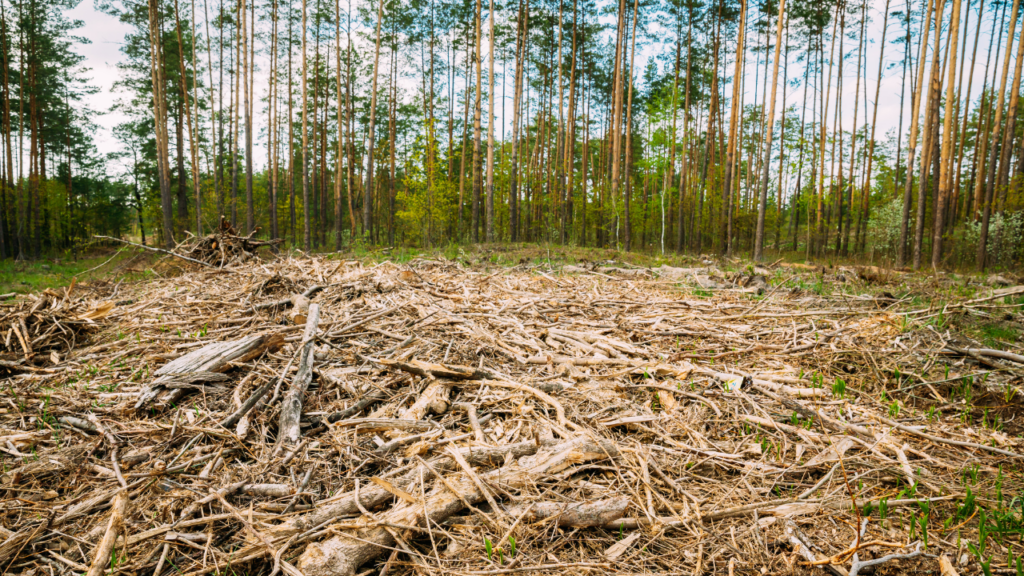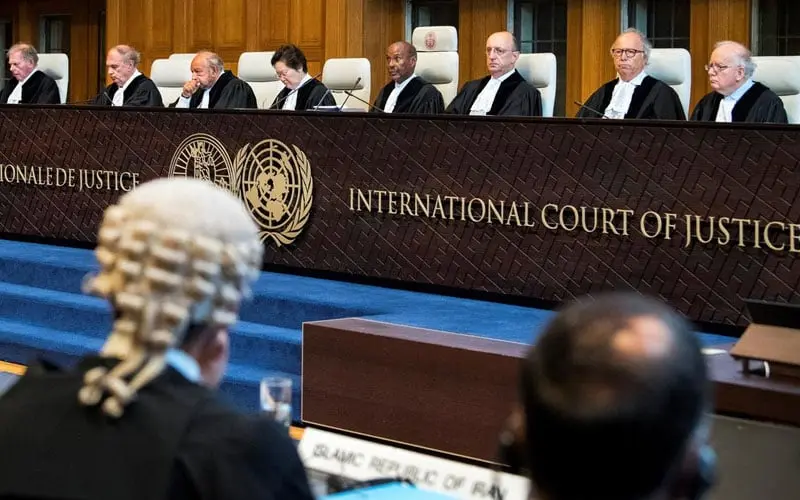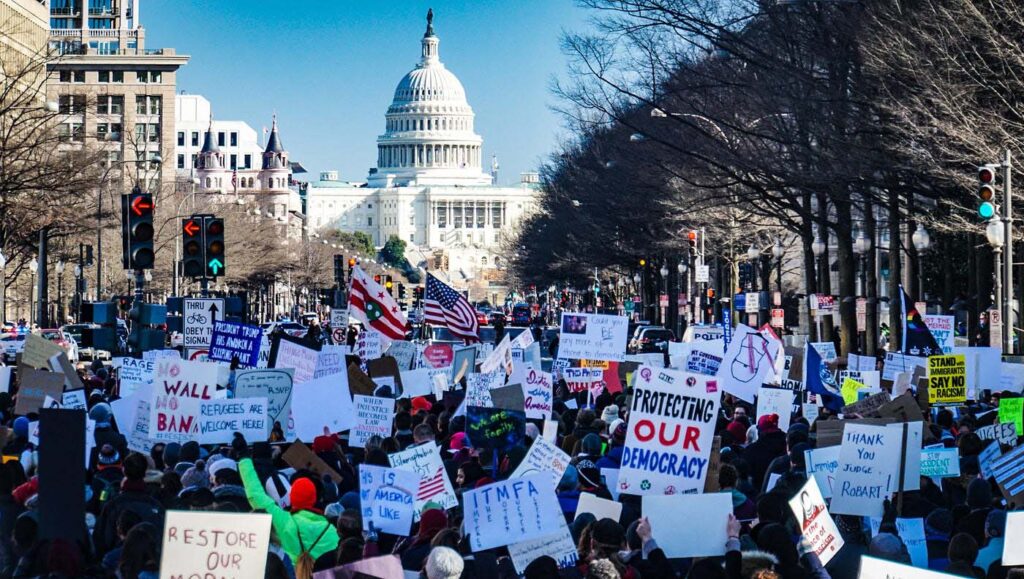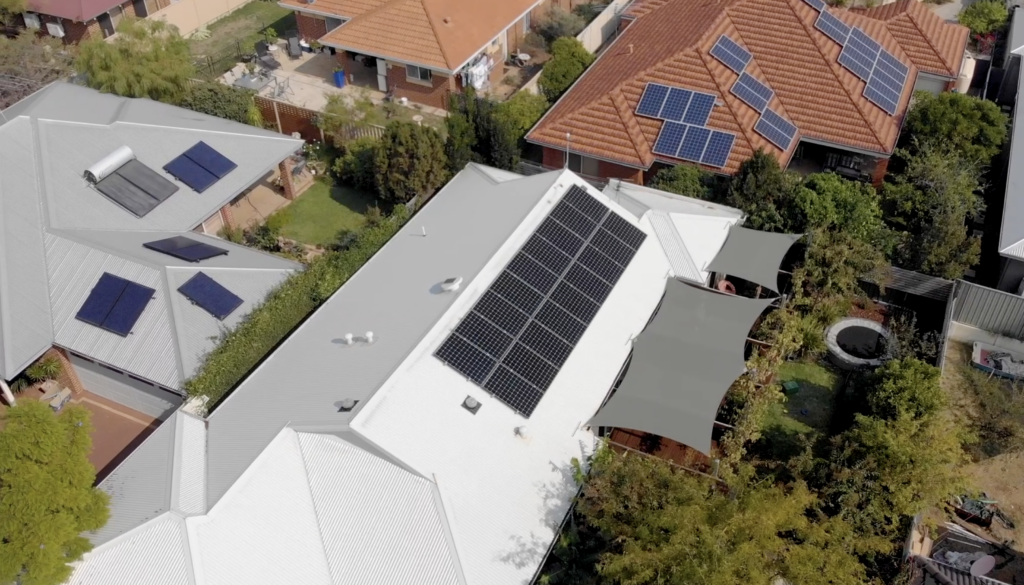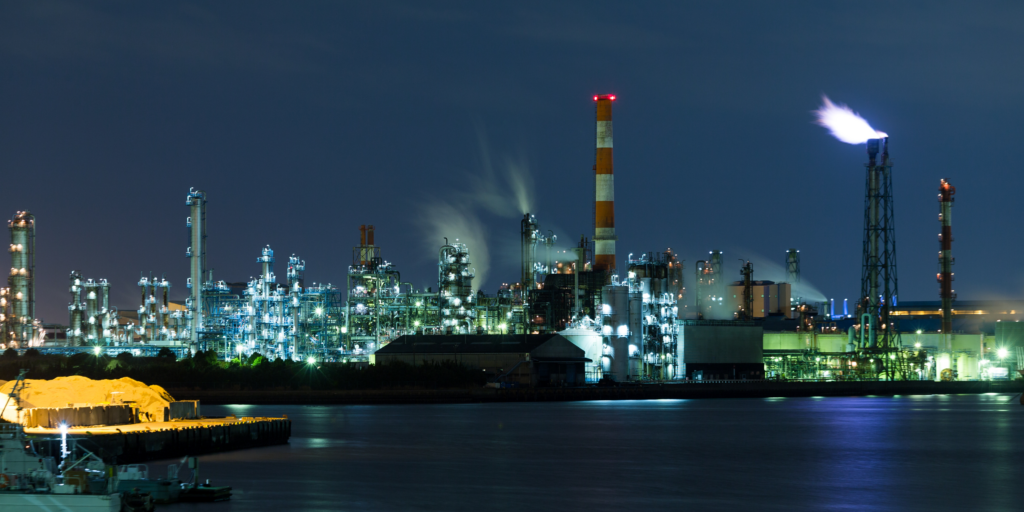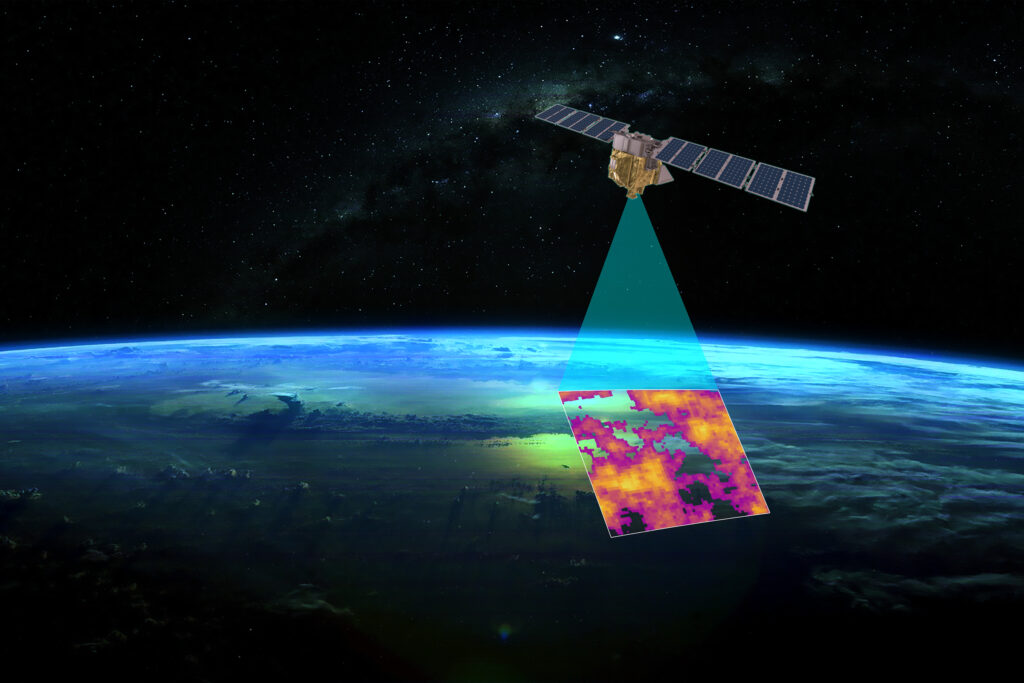The Australian Energy Market Operator (AEMO) has released the 2024 Integrated System Plan (ISP). Think of it as a roadmap for Australia’s electricity grid. AEMO’s job is to talk to thousands of experts and test many scenarios to develop a plan that cleans up our grid and keeps energy affordable and reliable as Australia’s polluting, ageing and unreliable coal-powered generators close down.
The 2024 roadmap confirms what plenty of energy experts know (and 3.5 million Aussie households with solar on the roof have experienced): renewable energy, powered by the sun and wind, is the lowest-cost way to deliver the clean and reliable energy Australia needs now.
The latest ISP shows we are well on our way to a reliable renewables-powered grid, with around 40 percent of the electricity in our main national grid already coming from clean wind, hydro and solar. Now, we need to build on this progress so even more Australians can enjoy the benefits.
Let’s take a look in a bit more detail.
First, what’s AEMO?
AEMO is the organisation that makes sure our electricity and energy systems work smoothly to provide clean, reliable and affordable power for our homes, businesses and industry. Every two years, AEMO publishes an updated roadmap that governments, businesses, investors and others rely on for upgrading Australia’s electricity grid all the way out to 2050. This shows us the best way forward to keep power reliable and affordable as we keep cutting climate pollution from coal and gas and our energy needs keep growing.
AEMO’s roadmap specifically looks at Australia’s main national electricity grid (referred to as the National Electricity Market, or NEM), which is one of the largest power systems in the world. It provides electricity to more than 23 million people – that’s almost 90% of Australia’s population.
What does the roadmap tell us? Here are our top six takeaways.
1. The switch to renewable energy is well underway, and picking up pace
Altogether, clean energy sources like hydro, rooftop solar, and solar and wind farms are already supplying 40 percent of the electricity in the national grid annually. Several states already generate higher proportions of clean energy and, on some days in 2023, clean energy generation in Australia’s main electricity grid was as high as 72 percent!
Aussie households are generating a lot of this clean power, with millions of families simultaneously cutting their power bills and climate pollution by putting solar on the roof. At the start of 2024, rooftop solar was contributing around 12 percent of the electricity in our national grid – more than large-scale solar, wind or gas.
Households, businesses and investors alike are embracing renewable energy because it’s affordable, clean and can be rolled out fast. AEMO says accelerating the build out of clean wind and solar – backed by storage – is the only serious energy plan for Australia.
2. Coal is making a quick exit, so we need to build new capacity ASAP
Australia’s coal-fired electricity generators are retiring. Those that are left are ageing, unreliable and expensive to maintain and run around-the-clock. They are frequently taken offline to deal with breakdowns and maintenance outages, which puts pressure on the rest of our power grid.
AEMO expects all of Australia’s coal-fired generators will close by 2038 at the latest, so we’re in a race against the clock to get replacement power online before this happens. The roadmap confirms that a combination of rooftop solar and community batteries, together with large-scale wind, solar and storage, is our best and most affordable option to keep powering Australia past the end of coal.
As we phase out climate pollution in more places like transport and industry, the roadmap confirms we’ll also need more electricity overall than we create today. Under the scenario that AEMO considers most likely, Australia will need to almost triple energy generation by 2050. To provide enough energy to support new clean manufacturing industries, AEMO says we’ll need a renewables-powered grid that’s at least six times bigger.
While we’re making great progress, there is still a lot more to do – which is why AEMO says we need to step on the accelerator.
3. Clean energy backed by storage and firming is the lowest-cost way to power our homes and businesses
AEMO modelled over a thousand different scenarios to determine the lowest-cost way to supply reliable, affordable and clean electricity to Australians. The result? Renewables, backed by storage. This is because solar and wind projects are quick to build, cheap to run, and most importantly, the sun and wind are freely available forever! This not only keeps electricity affordable, it protects Australians against international price shocks caused by volatility in the coal, oil and gas markets.


4. More Aussies will directly benefit from rooftop solar
The roadmap shows that more and more of our electricity needs will be met by everyday Australians taking their power bills into their own hands with rooftop solar, as well as household or community batteries.
The market operator expects more Aussies to take up rooftop solar in the years ahead, and pair their rooftop solar with household batteries as they become cheaper. AEMO expects the amount of electricity that everyday Australians make and use to increase from around ten percent today to nearly a third of Australia’s energy production by 2030.
5. Batteries and pumped hydro will keep our grid reliable, with gas playing a limited role
Different types of renewable energy, like wind and solar, complement each other to provide power around the clock. Our energy system can also store energy up at times when it’s abundant through large- and small-scale batteries and pumped hydro, to make it available later on when we need it. In other words, just as it doesn’t rain all the time but we can access water whenever we want, AEMO’s roadmap confirms that a mix of solar, wind, hydro and storage can power our homes, industry and businesses 24/7.
Gas is a polluting fossil fuel which can be just as bad for the climate as coal. It only plays a small and shrinking role in our grid, and this will shrink. Since its last roadmap was released in 2022, AEMO has reduced the amount of gas-powered electricity generation it’s expecting in our energy mix moving forward. Gas is forecast to generate less than 2 percent of our electricity in 2030 – only being brought online at the rare times that other sources aren’t available. Gas is often the most expensive source of energy in the market today, with high international prices for this fossil fuel playing a big part in driving up household power bills over the past few years.
6. Nuclear power doesn’t make sense for Australia
The 2024 roadmap does not analyse nuclear power. That’s because nuclear energy is banned under Australian law (at state and federal levels) and, as a result, AEMO cannot include nuclear power in its roadmap. AEMO’s job is to find the most affordable and reliable path for delivering electricity across Australia in the years ahead. The roadmap noted that nuclear generation is one of the most expensive ways to generate electricity, while renewables are the cheapest – particularly in Australia with our abundant sunshine and wind.
Find out more about why nuclear isn’t right for Australia here
When it comes to nuclear, speed is also a big problem. AEMO says, “the time it would take to design and build nuclear generation, would be too slow to replace retiring coal fired generation.” Building nuclear reactors in Australia is forecast to take at least 15 years because we don’t have an established industry here and would be starting from scratch.
Later is too late when all coal generators are closing within the next 15 years and we need to slash climate pollution further and faster today to protect Australians against unnatural disasters at their doorstep. This roadmap confirms clean energy, not nuclear, is the option that meets Australia’s energy needs.



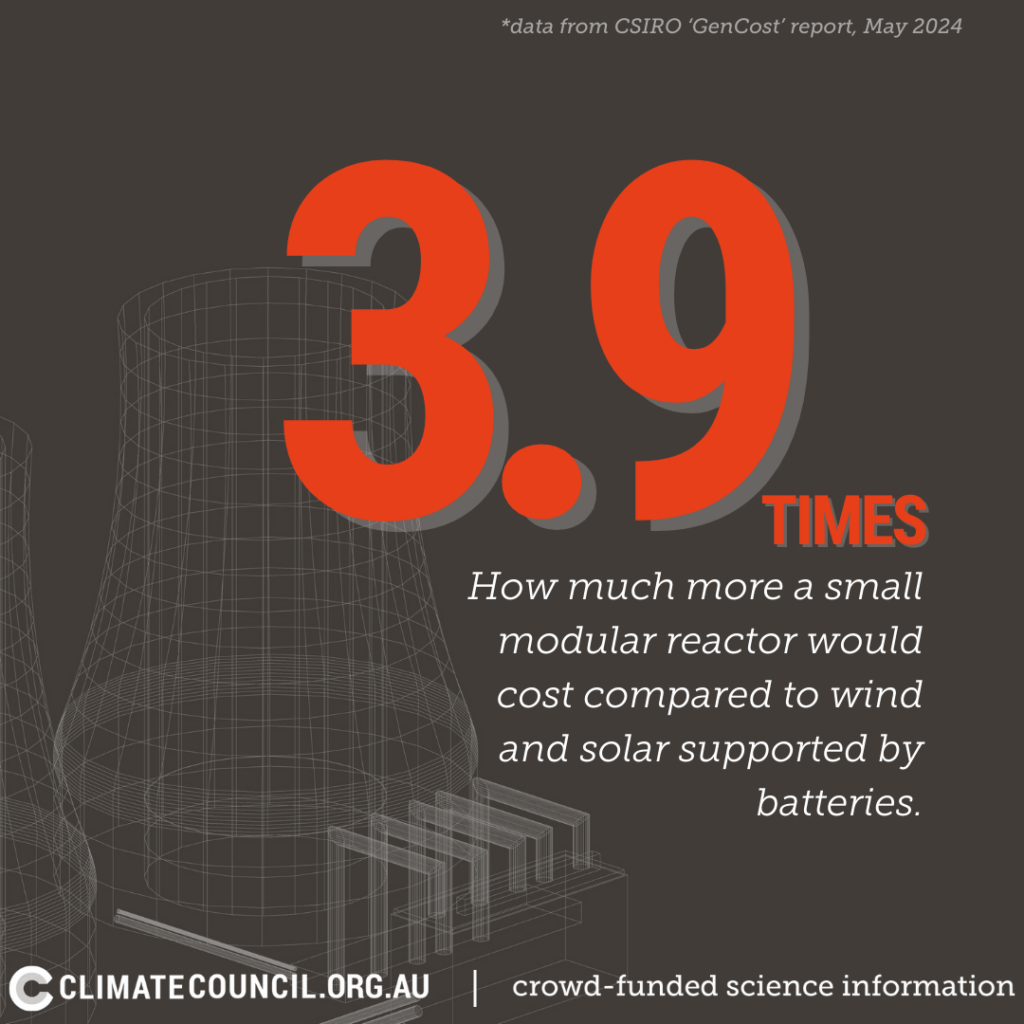
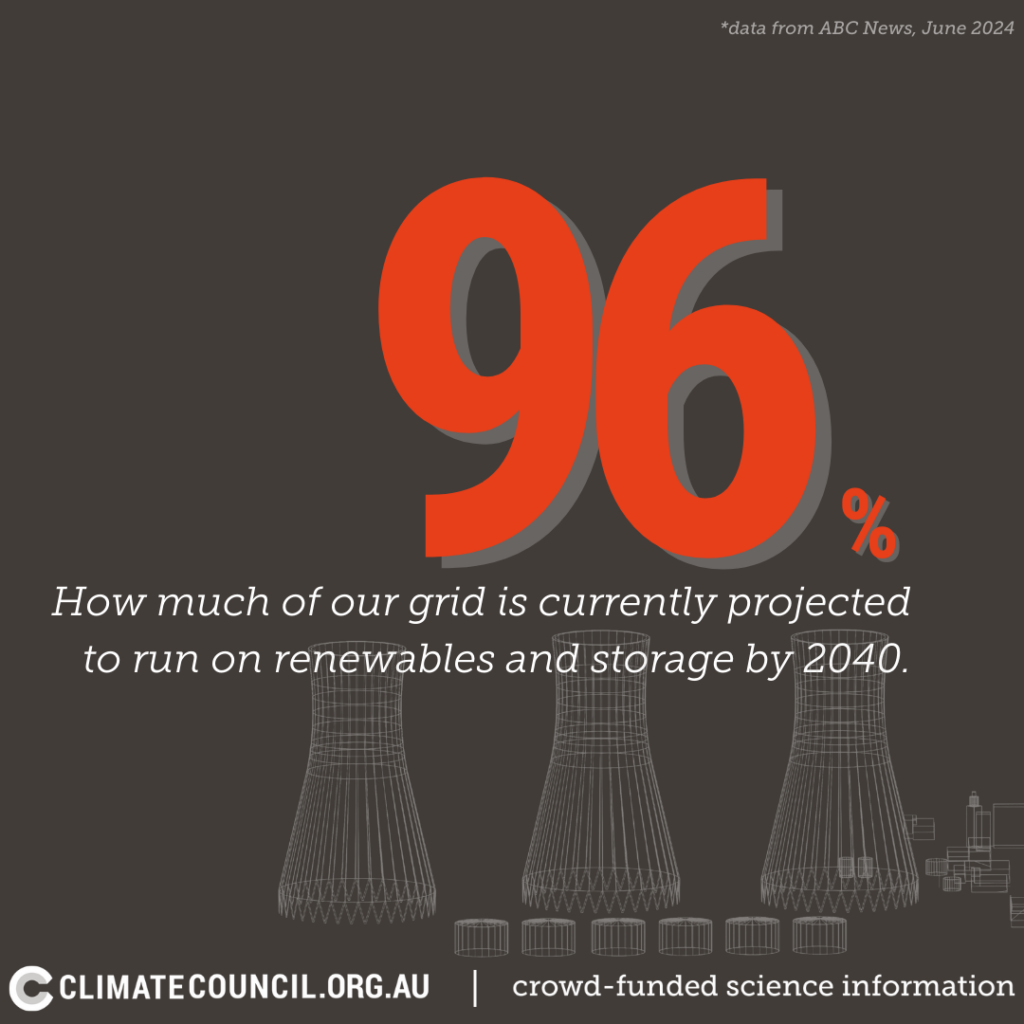

So, what’s the bottom line?
The experts at AEMO say renewable energy from the sun and wind, backed by storage, is the best way to power Australia in the coming decades. Not only is it our lowest-cost option, it’s also the most reliable and our best bet for getting replacement power online before more coal generators close down. The roadmap underscores that we’re well on the way to building the clean energy system we need. Australia should stick to the path we’re already on, and accelerate our progress, to deliver a reliable and affordable energy system that can cleanly power Australia for generations to come.

